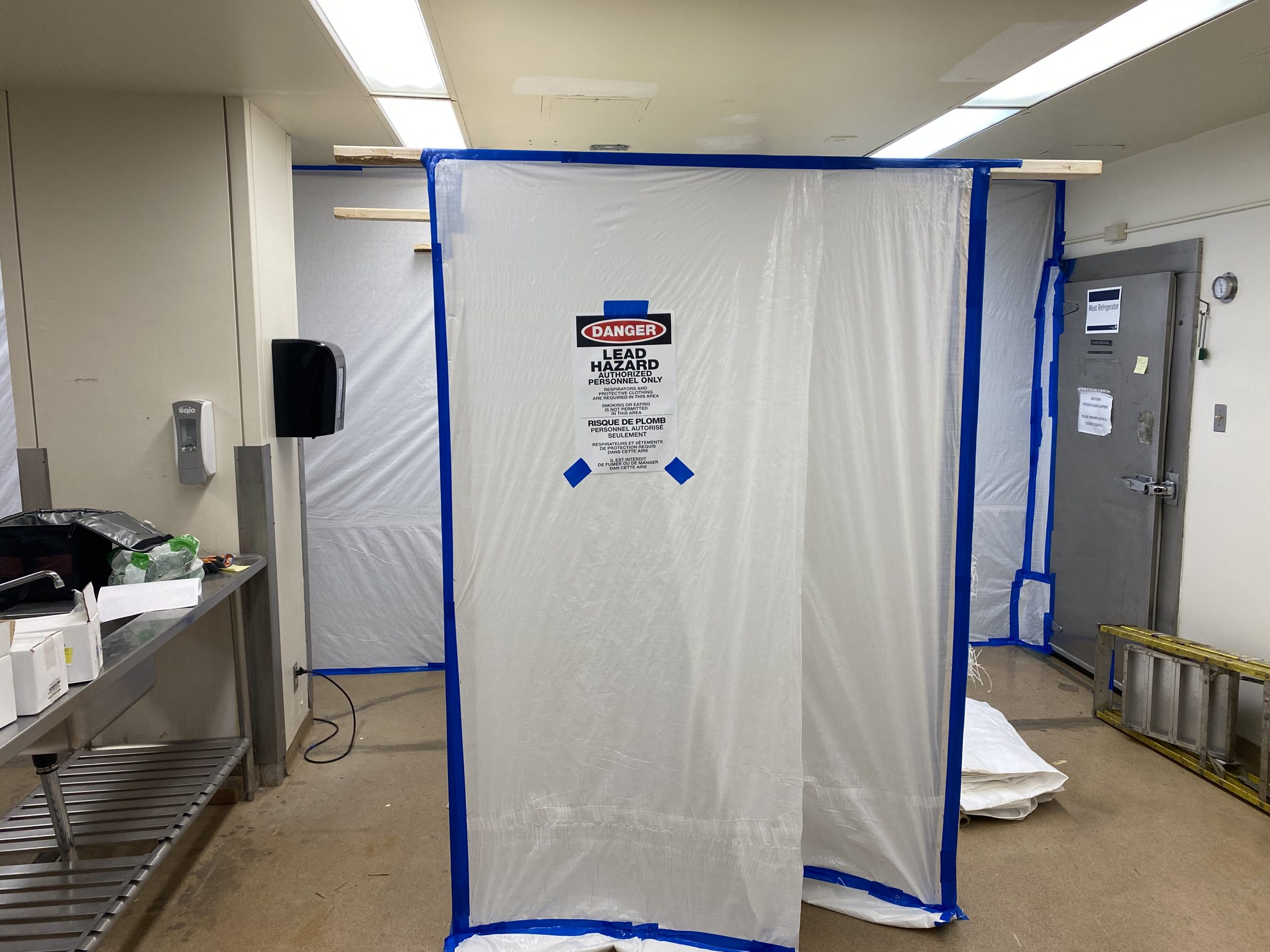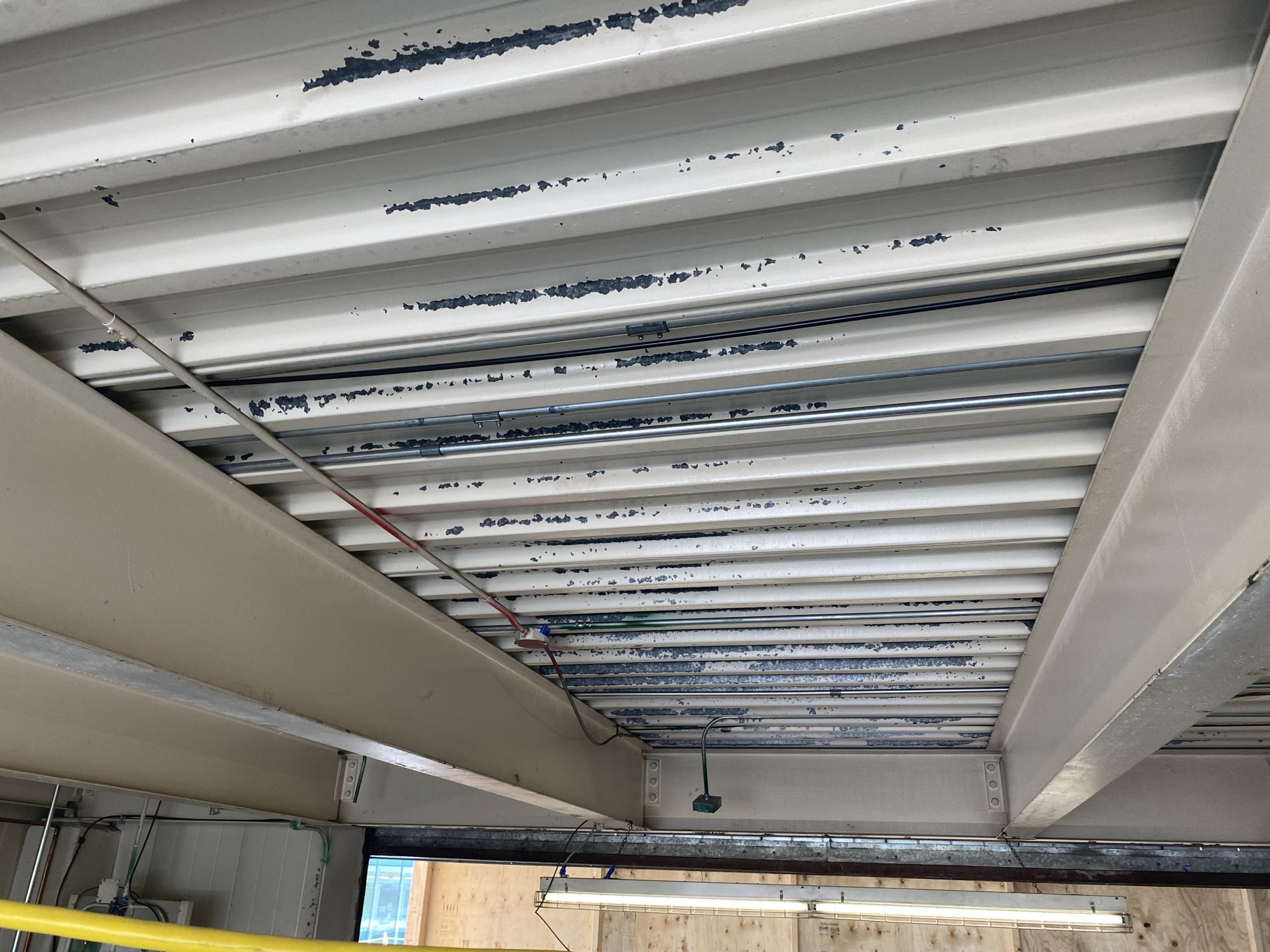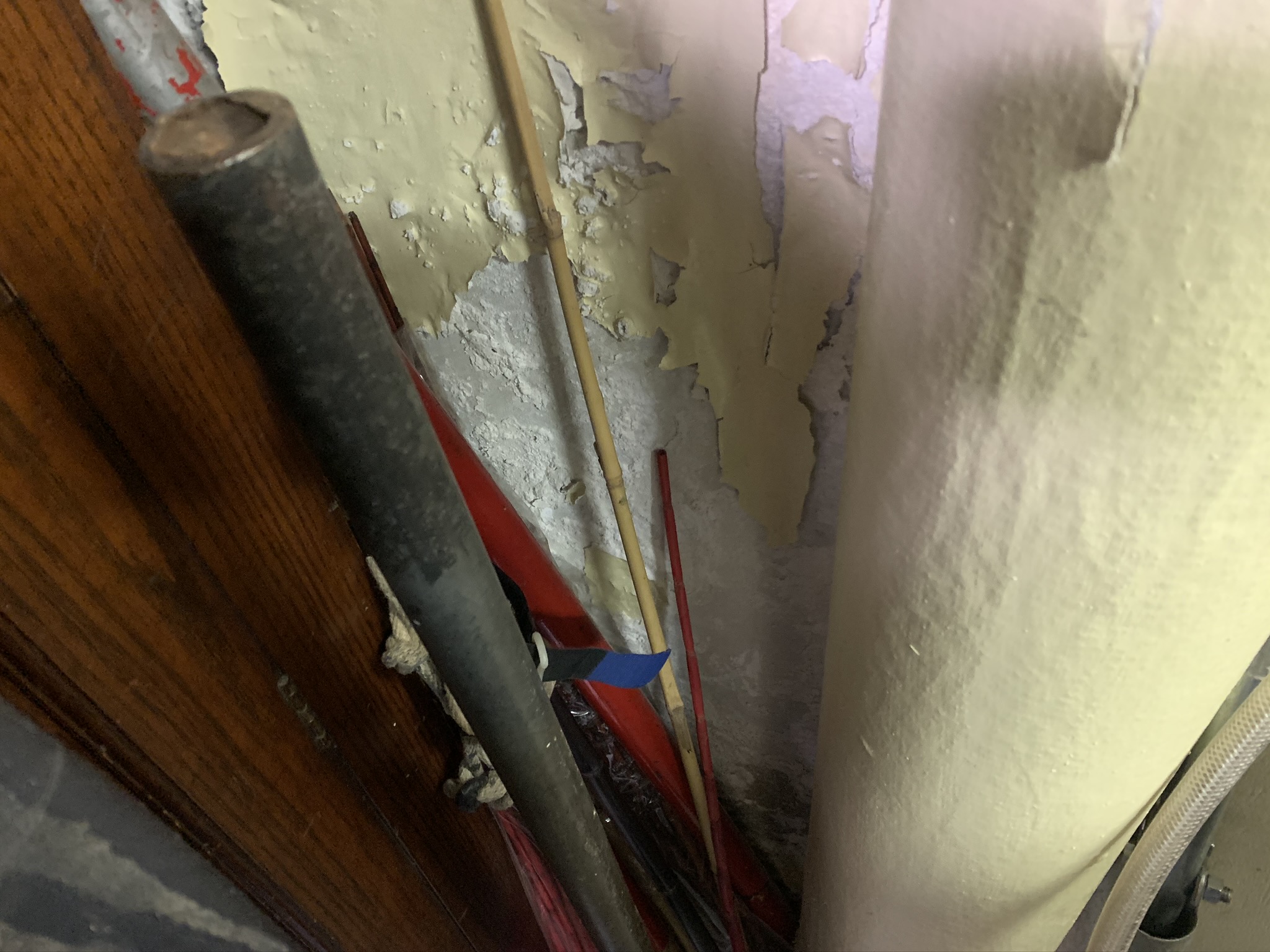Let’s Start Work
Together
Please feel free to contact us. We will get back to you with 1-2 business days. Or just call us now.
181 Bentley Street
Markham, Ontario
2100 Jetstream Road
London, Ontario



Lead Paint
The detrimental health effects caused by lead poisoning have been well documented and understood for many years. Prior to 1976, lead based paints were in common use. While these paints have disappeared from paint store shelves, lead-based paints are a concern when renovating older buildings where such paints have been previously applied. Intact paint is stable and presents no problem. But eventually, it will start to peel and chip. It becomes hazardous when redecorating or during renovation when the paint is sanded or disturbed. As the leaded dust and chips are dispersed they can lodge in carpets and air ducts where they present a persistent source of health hazards. Scraping exterior paint contaminates the soil around the building and can be tracked inside the building.
The Lead Hazard to Health
Lead in paint is considered to be the most common high-dose source of lead exposure to humans. You can’t see, taste or smell lead. It is a particularly hazardous poison because it is cumulative in the human body. The symptoms of lead poisoning include a metallic taste in the mouth, abdominal pain, vomiting, diarrhea and convulsions. Exposure to lower levels of lead is associated with tiredness, irritability, loss of appetite, reduced attention span, inability to sleep and digestive problems including constipation. Children are especially sensitive to lead and can be poisoned with small amounts resulting in impaired mental development long before doses reach levels causing illness or death.
How can we help?
We provide safe and efficient service for lead removal from buildings, including lead paint or plumbing system components that contain lead such as aged piping. We also custom retrofit your plumbing to current building code specifications and renovate to a finished condition ready for occupation – completely lead free. All contaminated materials will be disposed of properly presenting no further threat to the environment or human health.
Other Sources of Lead - Plumbing
Lead contamination can be a problem in plumbing where lead-tin solder has been used to join copper pipes. Other sources are from lead pipes and connectors or from brass fittings containing more than 8% lead. In these circumstances, lead leaches into the water, especially in newer fittings less than five years old. Where water is soft, acidic, or simply hot, the risk of leaching increases. Some electric water coolers have lead fittings and lead liners.
The Canadian maximum acceptable concentration of lead in drinking water is of 0.010 mg/L. Water sitting in the pipes overnight has been found to contain higher levels of lead. In some Ontario school districts, the guideline was exceeded in 45% of schools tested.
Lead Disposal
Lead is a poison in any form. It is categorized as one of the “heavy metals” and, when disposed of, it must always be managed as a hazardous waste. Too often lead contaminated debris is left at the job site for the property owner to dispose of—which means it gets dumped in the trash.
The correct way to dispose of lead contaminated debris (paint debris, flakes, dust, plumbing scrap, etc.) is to carefully gather it into a tightly sealed container. Clean up should be done with a HEPA (High Efficiency Particulate Air Filter) vacuum cleaner to ensure a thorough pickup is done without releasing more lead particulates into the air. Waste containers should be properly labeled as containing lead contaminated material and disposed of as hazardous waste.

